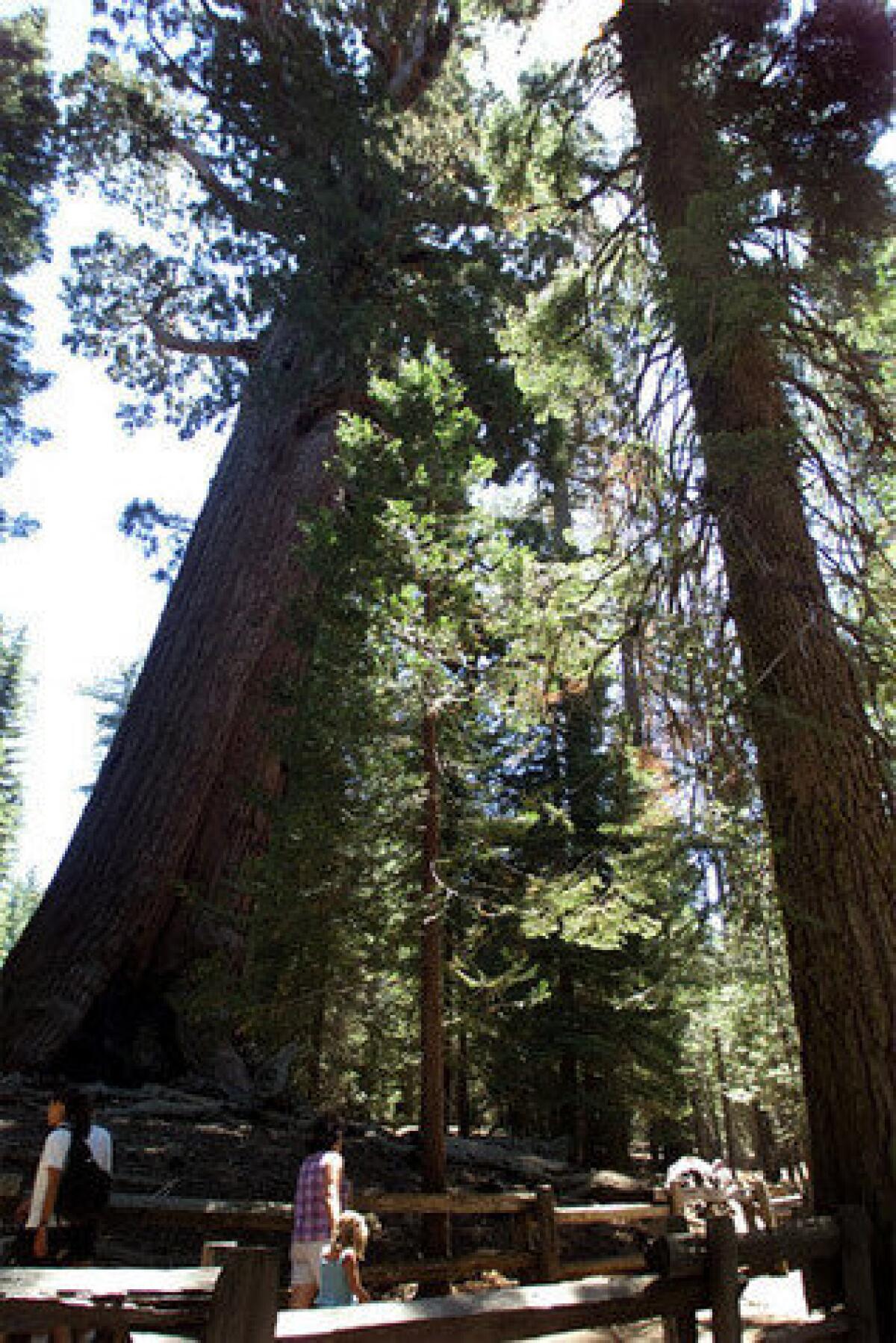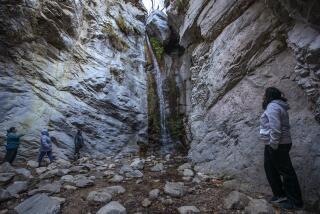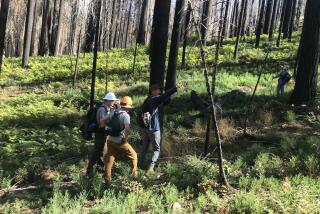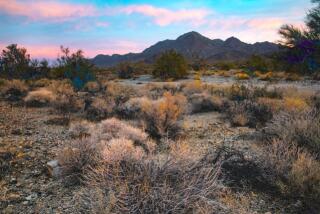Yosemite plans to remove most development from Mariposa Grove

Yosemite National Park is proposing to remove most of the development from Mariposa Grove as part of a $24 million restoration of the famed grove of giant sequoias.
Most public parking, the gift shop and the tram operations would be eliminated to improve conditions for the grove’s 500 giant sequoias.
The paved surfaces and infrastructure are compacting soil, encroaching on sequoia roots and interfering with natural drainage patterns. “We know the pavement over the roots is not healthy,” said Yosemite ranger Kari Cobb.
Except for some handicapped parking near the lower grove, parking would be shifted to the park’s south entrance, about two miles away, where new lots would be built.
Shuttle buses would take visitors from the entrance to the lower grove, which has the largest and oldest sequoias and is the most heavily used.
The commercial tram operation would no longer run and access to the upper grove would be by foot only. Portions of road would be converted to trails and some trail segments would be removed to restore habitat.
All told, the project would remove nearly 4 acres of paved surfaces and infrastructure from the grove, which would remain open during the project.
The park outlined the proposal in recently released environmental documents and will announce a final decision later this year.
Construction is expected to last two to three years and is scheduled to begin next summer.
Giant sequoias are by mass the world’s largest living organisms. They are found in the wild only on the western slopes of the Sierra Nevada in scattered groves growing on federal land.
The hulking trees with thick, copper-toned bark can live for more than 2,000 years. Mariposa’s Grizzly Giant is between 2,000 and 3,000 years old.
Cobb said $4 million of the project funding is coming from the National Park Service. The rest will come from the Yosemite Conservancy, which raises private donations, primarily from individuals, to pay for park projects.
The organization has funded more than $75 million of park projects during the past 26 years and the Mariposa restoration will mark the group’s largest effort yet, said president Mike Tollefson.
“We’re incredibly excited about it,” he said.
bettina.boxall@latimes.com
Twitter: @boxall







